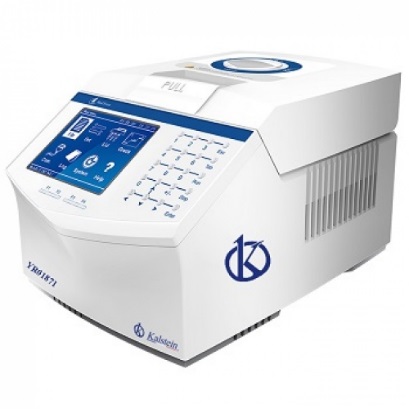The polymerase chain reaction popularly known as PCR, is a Molecular Biology technique, widely used today, in the clinical and scientific field, because it allows the amplification of DNA fragments, starting from a very small amount of this biomolecule.
PCR is a technique based on an enzymatic activity that occurs naturally or normally in the cell interior of our body. Since in cells DNA polymerases are capable of replicating nuclear DNA, to obtain two identical copies, which will be distributed to two daughter cells during cellular mitosis.
PCR and COVID
At the beginning of 2020, the virus that causes COVID-19, SARS-CoV-2, was detected through a variant of the PCR technique, RT-PCR (real-time reverse transcription polymerase chain reaction ), which is the test established by the World Health Organization (WHO) as a confirmatory test for this pathogenic virus.
What is RT-PCR?
RT-PCR is a laboratory technique that allows the identification, detection and quantification of RNA, using this nucleic acid as a template to synthesize complementary DNA (cDNA), which in turn constitutes the template for a real-time PCR reaction . The exponential increase in DNA copies will be reflected in the appearance of fluorescence whose intensity will be directly proportional to the amount of RNA present in the analyzed sample, which makes this reaction highly sensitive even to small concentrations of viral RNA.
Let us remember that SARS-Cov-2 is an RNA-type virus, and for its detection by RT-PCR, this viral RNA must first be converted to DNA, through the process known as reverse transcription by the action of an enzyme called reverse transcriptase, and then this DNA is amplified by the action of DNA polymerase by means of real-time PCR. The importance of amplification is that instead of finding a small concentration of the virus among millions of chains of genetic information, a large amount of viral DNA can be made available to accurately confirm the presence of SARS-Cov-2.
The coronavirus genes detectable so far include: ORF1 (open reading frame 1) which is commonly represented in sections a and b, N (nucleocapsid), M (membrane), E (viral envelope), S (viral spike), and RNA RNA-dependent polymerase.
In this technique, a real-time thermal cycler is used, which is a special thermal cycler that allows fluorescence to be detected.
What samples does RT-PCR use?
Nasopharyngeal and oropharyngeal swabs are the most commonly used samples to confirm the presence of SARS-CoV-2 by RT-PCR.
Why use RT-PCR?
RT-PCR is a highly sensitive and precise technique, which provides a reliable and fairly accurate diagnosis in just about 3 hours, although in some laboratories, it can last from 6 to 9 hours. But compared to other available methods of virus isolation, this test is faster, and has the least chance of error and contamination, because the entire process is carried out in closed tubes. And currently it is the most accurate method for the timely diagnosis of coronavirus.
At Kalstein we are MANUFACTURERS and we offer you an excellent range of thermal cyclers, designed with the highest quality and with the best technology, fully available at the best PRICES on the market. That is why we invite you to take a look HERE

